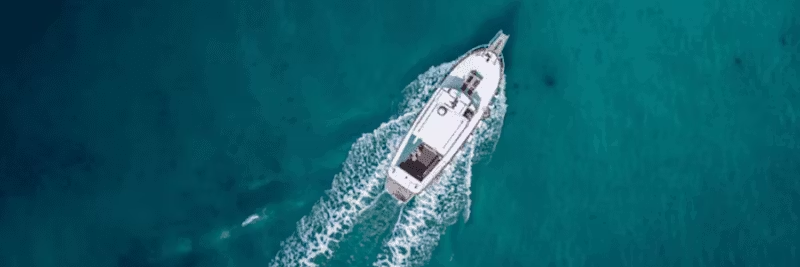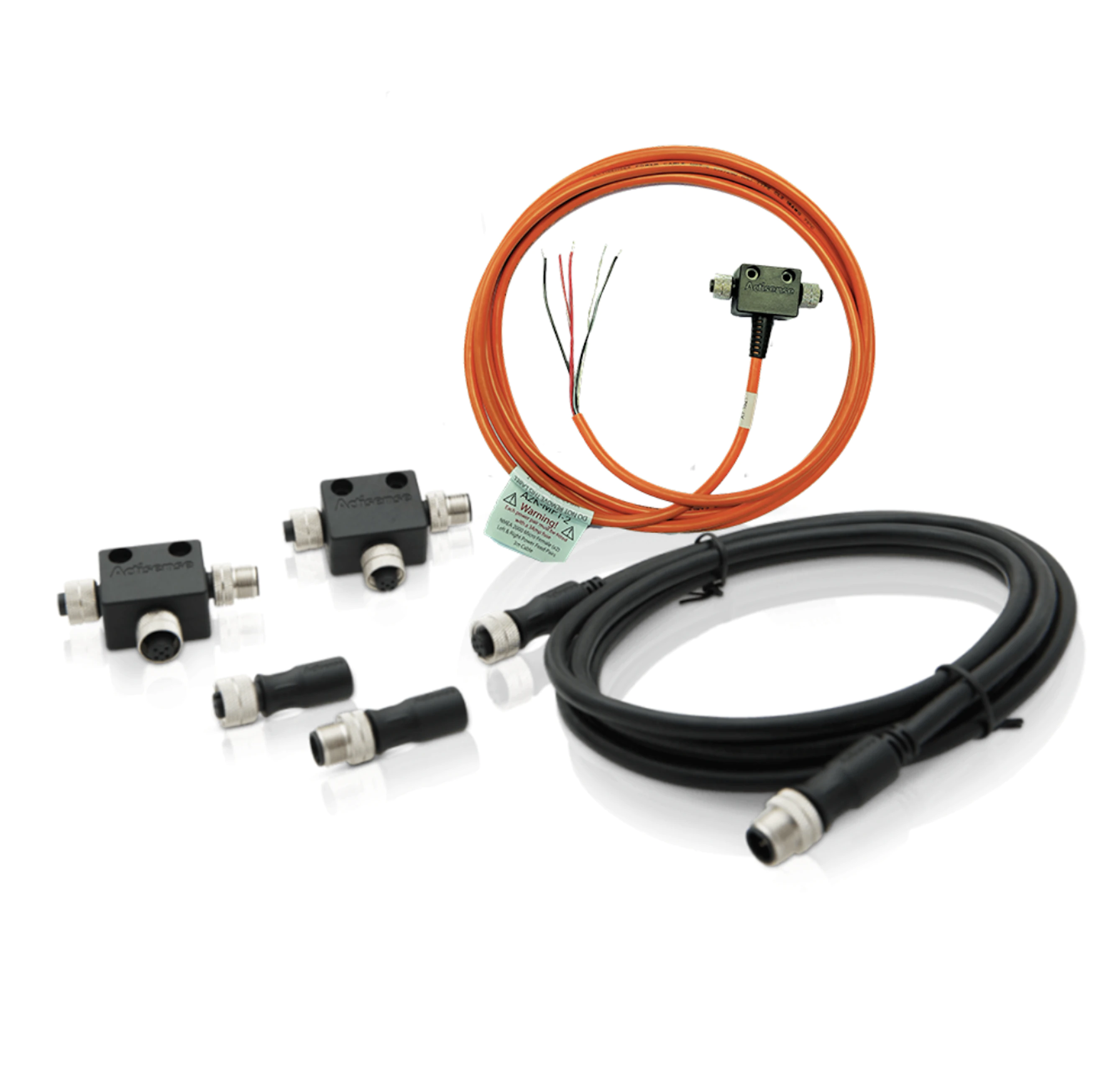Cart
Discount: 0.00 EUR
Discount: 0.00 EUR
Digital Skipper |10/05, 2023

NMEA 2000 is a robust and reliable communication protocol that enables marine devices to seamlessly exchange data on board boats and yachts. This technology has revolutionized the integration of electronics and instruments and is now the preferred standard for many manufacturers. In this guide, we will review the history behind NMEA 2000, its features, benefits, and how to install a network on your boat.
NMEA 2000 (National Marine Electronics Association 2000) was developed to replace NMEA 0183, which had limited data speed and only allowed one-way communication. The new standard is based on the CAN protocol (Controller Area Network) and enables high-speed, two-way communication between multiple devices – perfect for complex marine systems.

The protocol works with:
NMEA 2000 is the key to an integrated and safe marine system. By understanding and implementing this standard, you can improve both functionality and safety on board.
Want to know more about how to build and test your NMEA 2000 network? Click here for our complete guide.